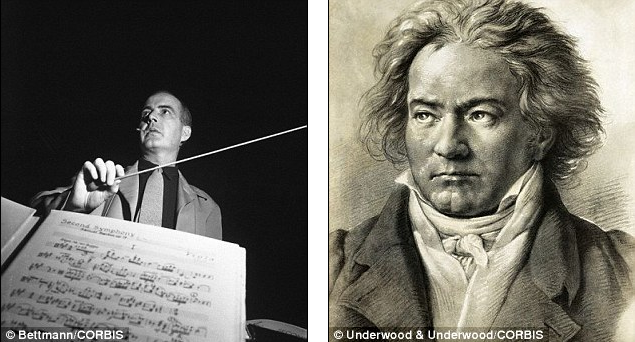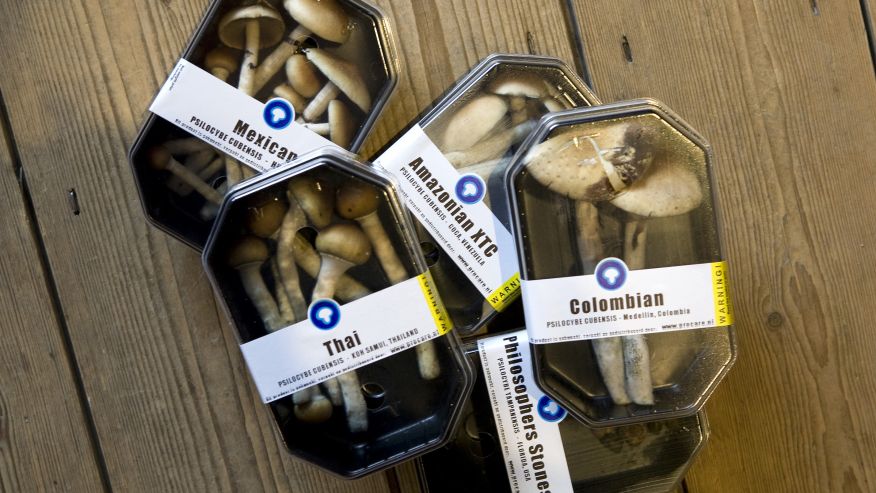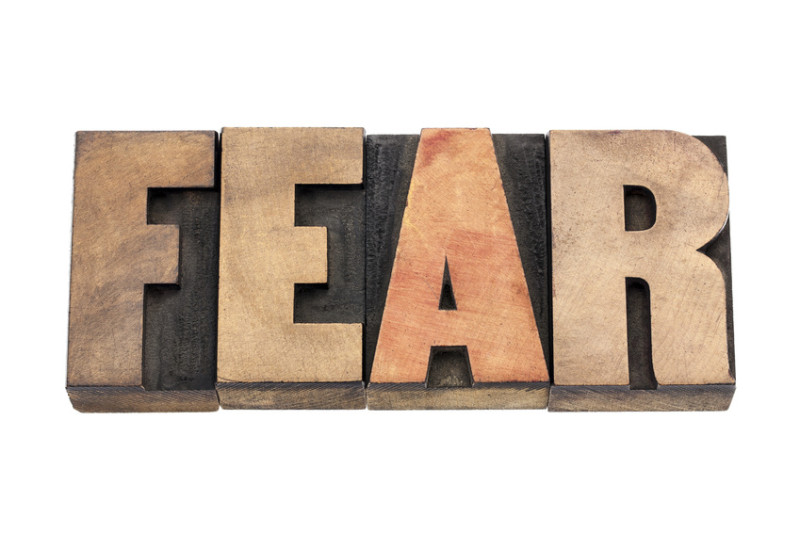
Participants in the study revealed that most of the sad songs they listen to are slow in tempo and some of the most popular titles chosen, included: Beethoven’s Midnight Sonata, Ah Bing’s Moon Reflected in the Second Spring and Samuel Barber’s Adagio for Strings. Mr Barber is pictured left and Beethoven is illustrated right.
- Researchers at the Free University of Berlin discovered that nostalgia rather than sadness is the most frequent emotion evoked by sad music
- Melancholy music can improve a person's emotional wellbeing, they said
- People experience more than three emotions when listening to sad songs
- Most of us choose to listen to sad music when feeling lonely or distressed
Turn up those tearjerkers and dig out your Radiohead albums, because scientists claim that melancholy music can actually lift your spirits. A new study has revealed that listening to sad songs can improve a person's emotional well-being as well as make us feel at peace and nostalgic.
It found that most people experience more than three emotions when listening to sad songs, which provoke a more complex reaction than happy pop songs.
Music and brain researchers Liila Taruffi and Stefan Koelsch, of the Free University of Berlin, surveyed 722 people across the globe to understand how often they listen to miserable tracks and how they feel at the time. 'For many individuals, listening to sad music can actually lead to beneficial emotional effects,' they wrote in their study, which is published in the journal
Plos One. 'Music-evoked sadness can be appreciated not only as an aesthetic, abstract reward,
but [it] also plays a role in well-being, by providing consolation as well as regulating negative moods and emotions.'
The study says that sad music stirs up a mixture of complex and
'partially positive' emotions, including nostalgia, peacefulness, tenderness, transcendence, and wonder,
Pacific Standard reported. 'Results show four different rewards of music-evoked sadness:
reward of imagination, emotion regulation, empathy, and no "real-life" implications,' the study says. Surprisingly, nostalgia rather than sadness is the most frequent emotion evoked by sad music. Nostalgia was the most common emotion experienced by listeners in Europe and the US, while people in Asia mostly reported feeling a peace.



Comment: For more information on the Dunning-Kruger Effect, see these Sott links: